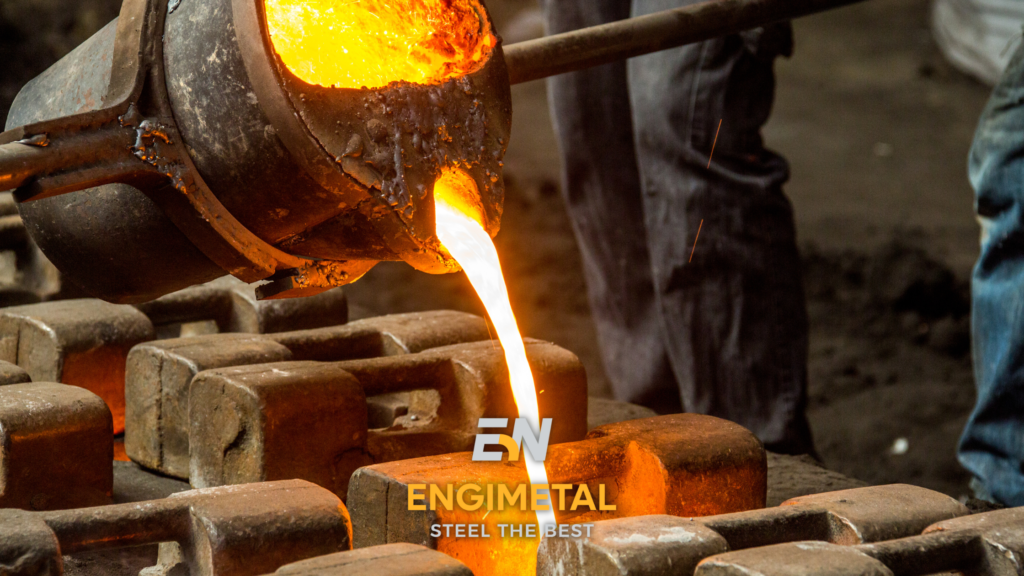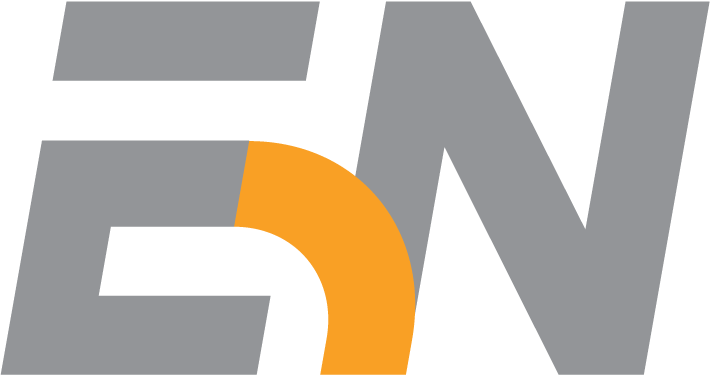
Machining is the last stage in the process of producing elements in casting technology. Its purpose is to remove excess casting material in places whose geometry and dimensions were not possible to obtain by casting. To put it simply, it serves to refine the parameters of the project and its final polishing.
Machining of castings is a process that aims to shape, finish and improve the quality of castings.
Mechanical machining is a form of machining that changes the external parameters of the workpiece or material by separating fragments or applying mechanical pressure.
Mechanical treatment is sometimes carried out in conjunction with other types of treatment, such as thermal treatment (more on this in this article) or chemical treatment. It is also the last step in casting production.
Depending on the type of machining (that might be performed with the use of various tools) we distinguish:
Sharpening is the process of removing excess material with a blade or other cutting tool. They can be used to remove excess material, polish surfaces and create precise shapes.
Milling is one of the frequently used, most efficient methods of machining, consisting in separating a layer of material with a rotating tool (milling cutter) on a machine tool called a milling machine. Milling can be used to machine planes, curved surfaces, threads, gears, etc.
CNC (Computer Numerical Control) milling is an automatic mechanical machining process that uses computer-controlled milling machines to precisely shape and finish castings. Thanks to this, intricate shapes and patterns can be obtained.
This method consists in separating the material layer of the workpiece with a turning tool. The blade does not move - only the workpiece is moved. This operation is performed with the help of a CNC lathe - a computer-controlled machine that rotates the cast around its axis and shapes it with cutting tools. It is used to create cylindrical shapes such as shafts, sleeves and cones.
Electrical Discharge Machining (EDM) uses electrical discharges that occur between the working electrode (erode) and the surface of the workpiece immersed in a dielectric to remove material from the casting. It is mainly used for precision machining and creating complex shapes.
Drilling and reaming are used to create holes in castings. Drilling involves cutting holes with a drill while reaming involves enlarging existing holes with a reaming tool.
Grinding is a process of removing material from the surface of castings using a grinder or multiple grinders. It is used to smooth surfaces, remove irregularities and improve dimensional accuracy.
Honing is aimed at smoothing and finishing very precise holes and external cylindrical or conical surfaces of certain shaped surfaces, allowing for high measurement accuracy.
To sum up, the machining of castings consists of any mechanical - both machine and manual - method of finishing the casting, affecting its parameters, structure and/or shape.
